I had no idea what to expect when I started reading the comic Field Tripping but was delighted with what I read. I grew up watching episodes of The Magic School Bus whenever I had a substitute teacher in elementary school and was surprised how happy I was to see a return of its basic premise.
The ComiXology Original created by James Asmus, Jim Festante, and José García takes the concept to a believable conclusion: the teacher and students stranded after perilously jumping from one reality to another. The story picks up 7 years later, the students now hardened (and scarred) warriors with mixed feelings towards the teacher who got them into their mess.
I really enjoyed interviewing co-writer James Asmus about the series and the interesting storytelling choices within it. You can read our discussion below.
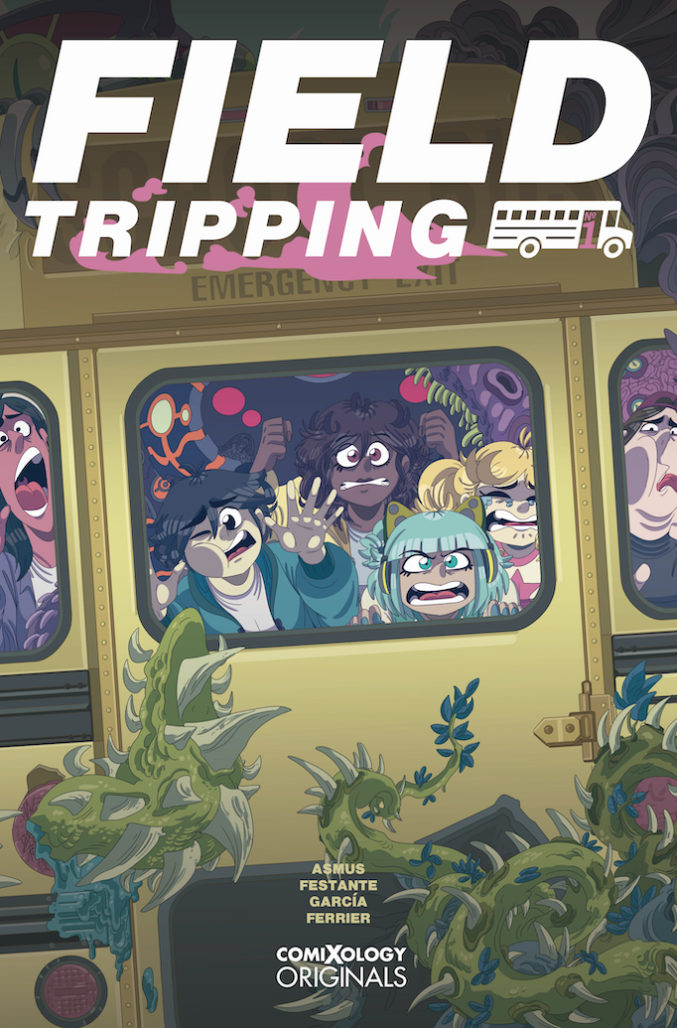
What made The Magic School Bus an appealing property to put a twist on?
Well, the whole idea spilled out my mouth initially as just an example of something Jim Festante and I could do as our next project together. But both of us latched onto the idea and kept coming up with more and more we loved about it, and things we’d want to explore.
I think, as a launching point, we loved that wholesome ‘edutainment’ starting point because it immediately establishes a sense of innocence destroyed for these kids. And, we wanted to do a project with as wide a range of characters as possible. And that late 80s / early 90s era of kids media especially made a point of having every kid come from different backgrounds, countries, or life experiences. And when your plan is trap characters together to drive each other crazy, fundamental differences add meaningful fuel to the fire.
The story is a dark spin on the concept but could have been taken even further. Were you ever tempted to make Field Tripping into an outright horror comic?
Absolutely. In the early stages, we explored different versions as either R-rated ‘adult’ comedy or full-blown nightmare. But Jim and I are always drawn to the tightrope walk when we work together. And we especially liked the challenge of making something technically “all-ages” – but which doesn’t shy away from the genuinely dark, subversive, and distressing themes we had in mind.
We were excited to try to create something that can sneak into kids’ hands and let them feel like they’ve been let in on some secret, or they’re getting away with something by reading it. The stuff that was always the most exciting and formative stuff to us as kids felt a little dangerous, or like it was telling you something adults usually wouldn’t. But corporate media and angry parents circa 1990 shaved down almost all the sharp edges in anything remotely kid-related. (Just in time for the internet to arrive and dump every horrible thing right into kids’ faces!)
How is Jose Garcia uniquely suited for drawing this kind of story?
Jose really is a perfect partner for everything we wanted to do with Field Tripping. This version of his work so perfectly evokes innocent, softened animation – but he’s able to blend it with complexity, chaos, and boundless surprises. So you never forget that these are just kids caught up in the horror, hazards, and schadenfreude. But he’s also able to keep the energy, creativity, and comedy dialed up in a way that still makes it a pure sugar-rush to behold all the way through.
What were some of the benefits of incorporating a 7-year jump into the story?
SO many things! It creates such a pure moment of heartbreak and empathy for these kids – they’ve truly lost their childhood. And it lets us jump into the fully-formed, post-trauma personalities they become. As long as you have a heart, the impact of that loss also lets you keep rooting for these kids, even when they’re at their worst or most self-destructive. And from a comedy standpoint, the bigger the emotional investment you have, the more leeway we get to really examine and explore our characters’ flaws in meaningful and ridiculous ways.
How does a story about a group of kids just discovering new worlds contrast from one where they’ve been stranded for years?
They can both be valuable, of course. But the first is about wonder. And ours is about disillusionment. That’s what we, and lots of adults who might read this feel a bit more of – and we wanted to process some of that is something that’s not a total downer.
And through my wife’s work as an elementary and middle school teacher, I can tell you that kids are definitely confronting disillusionment in the years we’re spanning.
There’s answers, cynicism, and the absolute darkest parts of the real world laid out for them the moment they start poking around online. And you don’t have to go looking for it to have it pop out at you.
This was a chance to reflect that feeling, and a wide range of how that might affect people… while flipping over the toy box to explore that stuff across our own twists on any subgenre or concept that sparks to us!
After 7 years together, is Mrs. Flubbins more of a teacher or parental figure to the children?
She’s been trying to pretend like nothing is any different, and they’re all just on an extended field trip. But what really becomes clear once she’s taken, is that there are big divides on how the kids see her – caretaker, jailer, or ‘only adult in the room’. And that’s the moment we pick up their story because the kids finally have to decide who they want to be on their own for the first time in their lives.
How do you write an adventure that crosses over hundreds of worlds but still has a tight, contained story arc?
For us, the focus is always on the characters. Their conflicts, their priorities, their emotional rollercoasters. We mostly try to choose and build the worlds in ways that serve the character stuff, without requiring a ton of lore.
It definitely creates a challenge, though, of having to continually find fresh ways to balance easily understood tropes or concepts with enough twist or spin to still make them surprising or off-kilter.
The comic credits Jarrett Melendex as the Translation Consultant. What’s his role in the series?
Among the many complications, curses, disasters, and transformations our kids have suffered, Diedre became bonded to a haunted bow and quiver. Whenever she draws the bow, an otherworldly Bushido warrior ghost emerges, supplying her with enchanted ghostly arrows and shouting his own battle-hardened worldview at her. He, of course, only speaks Japanese.
I long ago learned that you’ll only embarrass yourself if you trust Google Translate to translate your scripts for you. So Jarrett vets and adjusts the spirit’s lines for linguistic and cultural accuracy. Of course, given the anachronisms and surreality of the situation, I realize we gave him an essentially impossible job!
In terms of this project and in general, how do you overcome language and cultural barriers to create something together that feels universal?
Again, I think it comes down to the emotional truth you’re exploring. If your story really focuses on a relatable feeling – heartbreak, disillusionment, feeling adrift in an overwhelming world – that will be what makes readers key into your characters stay invested in the story.
And for whatever odd reason, (in my writing at least) it works better when the characters are actually unique, flawed, particular people – but flattens everything out when you try to make characters who could be ‘universal’ or are supposed to represent a whole group of people. But I do think it makes the world of the story more inviting overall when the cast comes in all shapes, sizes, and shades.
And I think culture at large is feeling the same way I always have, which is that heavier emotional themes can be actually enjoyable to explore when they’re wrapped up in big, fresh, genre storytelling.
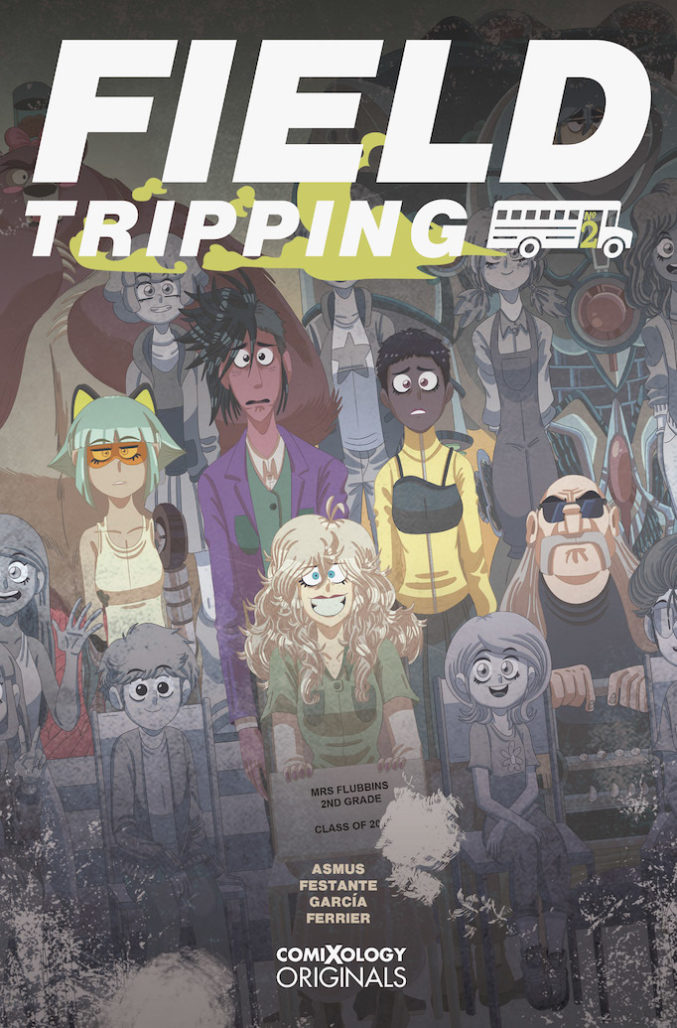
Follow James Asmus on Twitter @JamesAsmus. The first issue of the Field Tripping comic is available now on ComiXology and the second issue debuts tomorrow, October 9.
Matt Chats is an interview series featuring discussions with a creator or player in comics, diving deep into industry, process, and creative topics. Find its author, Matt O’Keefe, on Twitter and Tumblr. Email him with questions, comments, complaints, or whatever else is on your mind at [email protected].


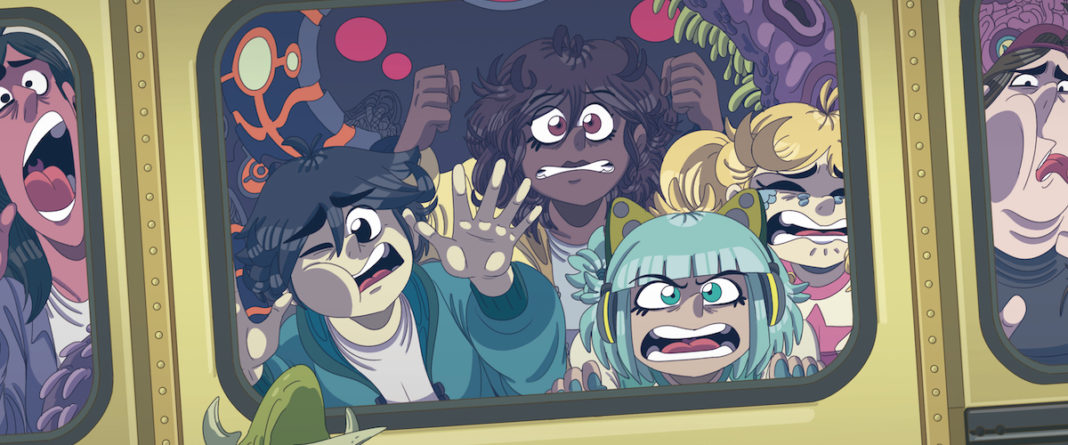
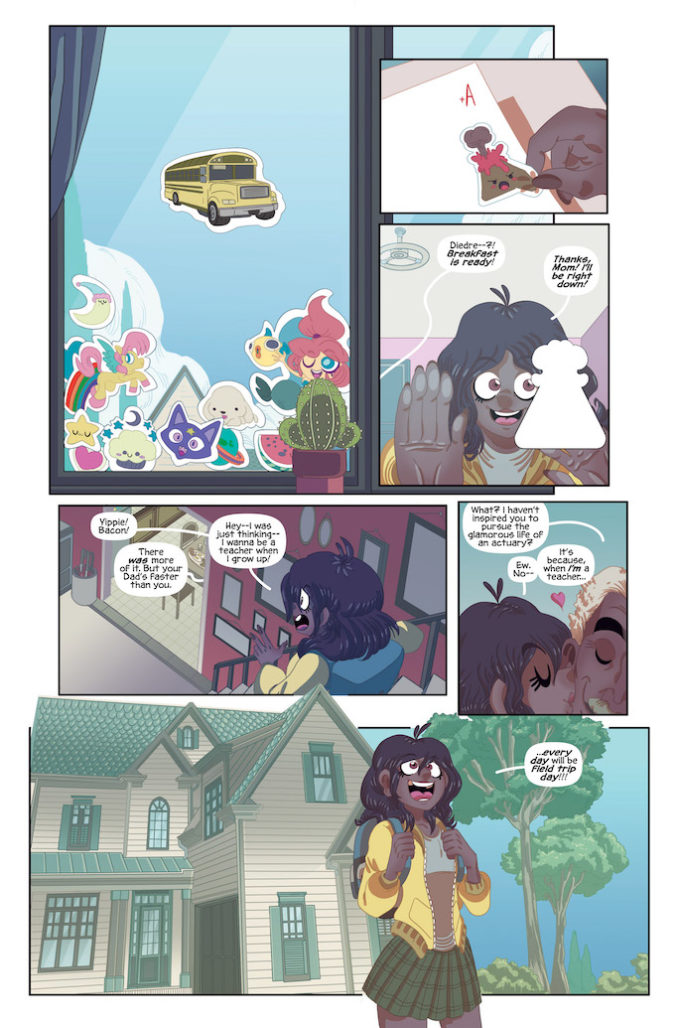
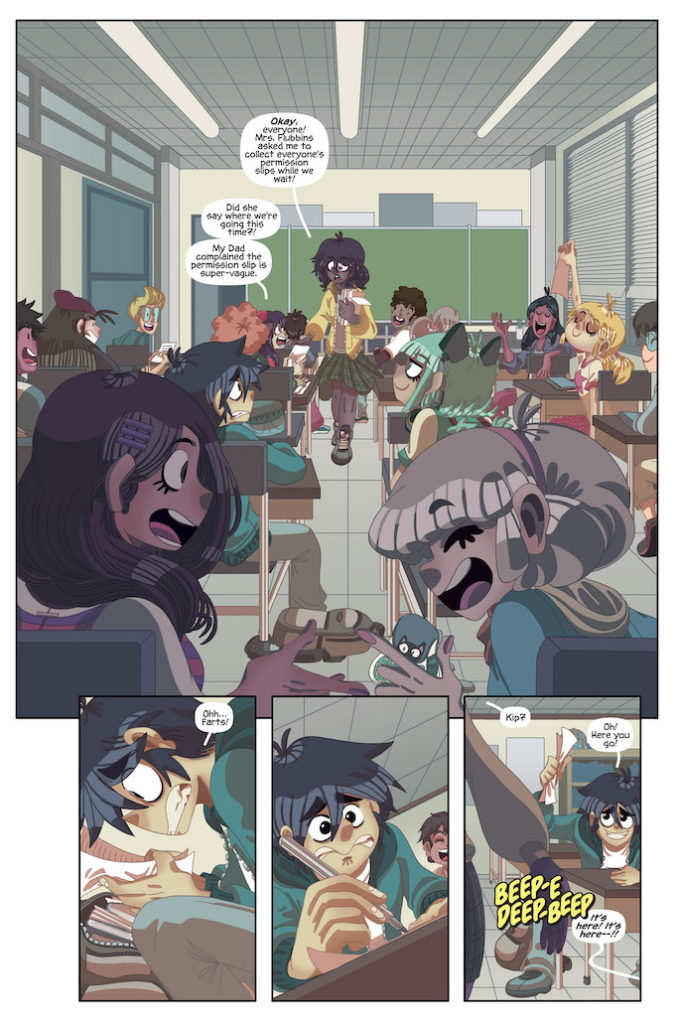
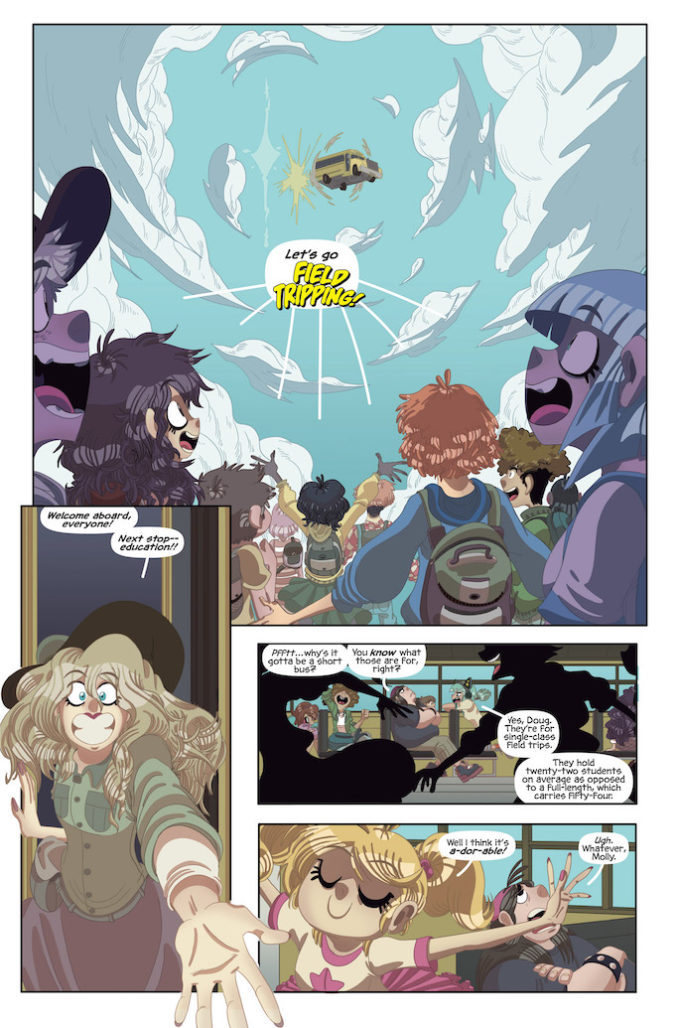
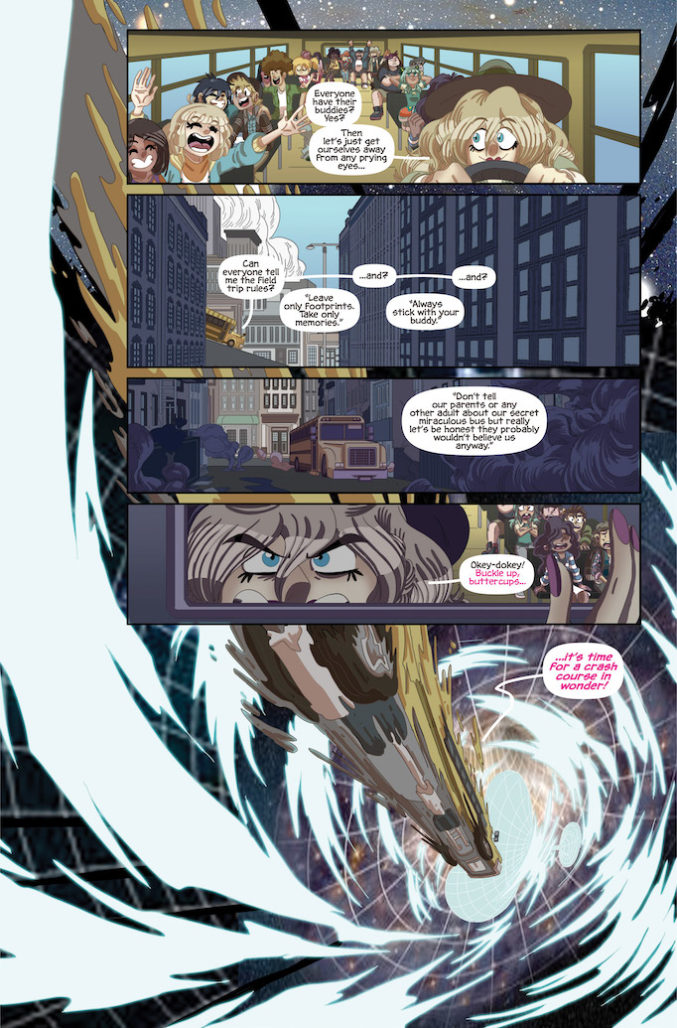
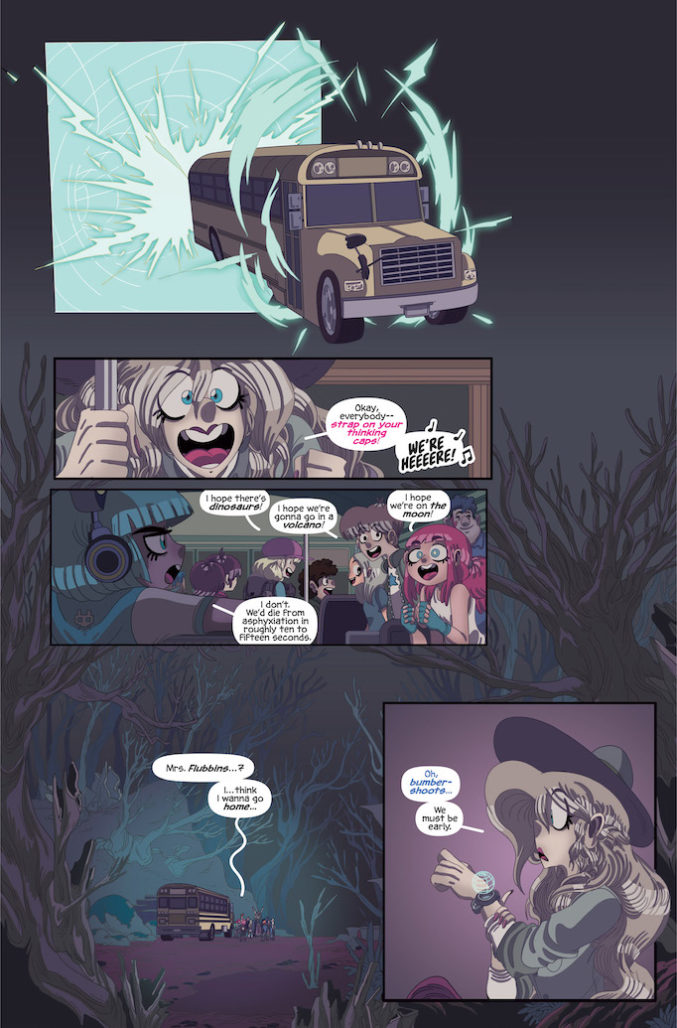

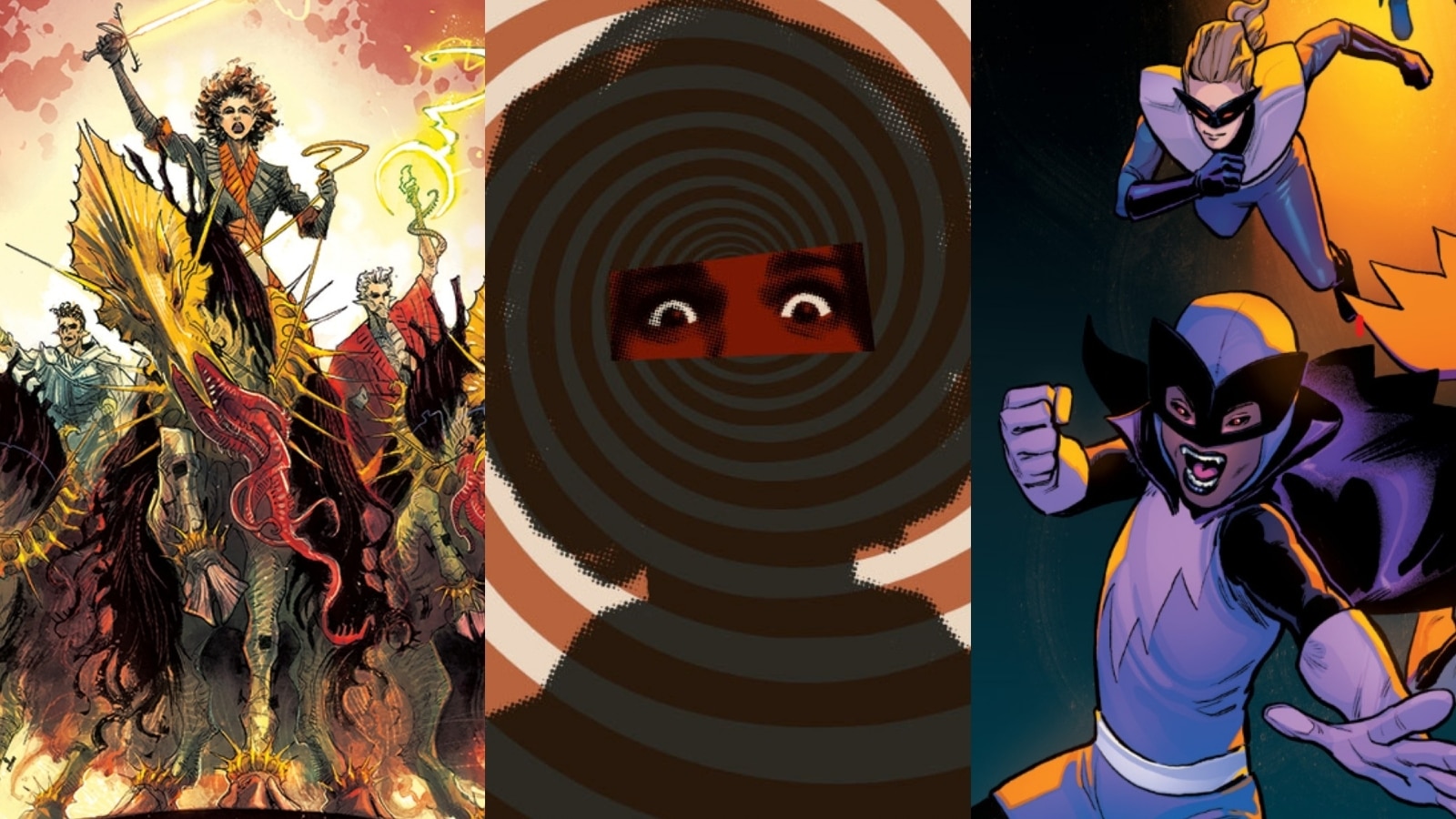



Comments are closed.